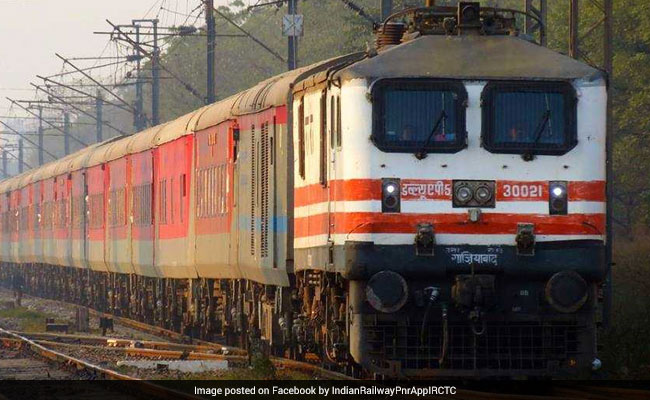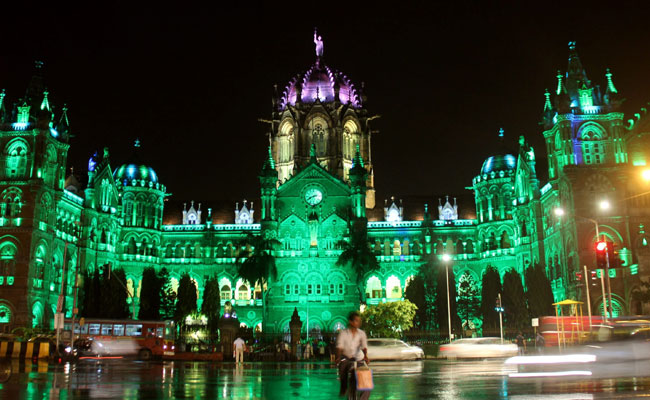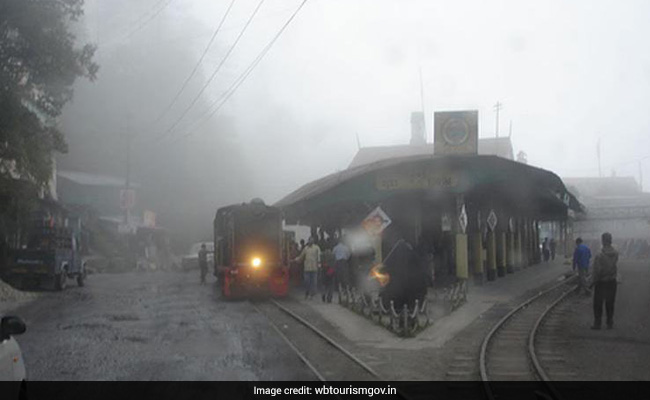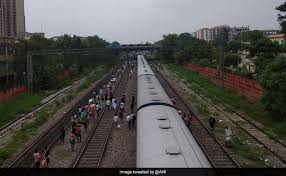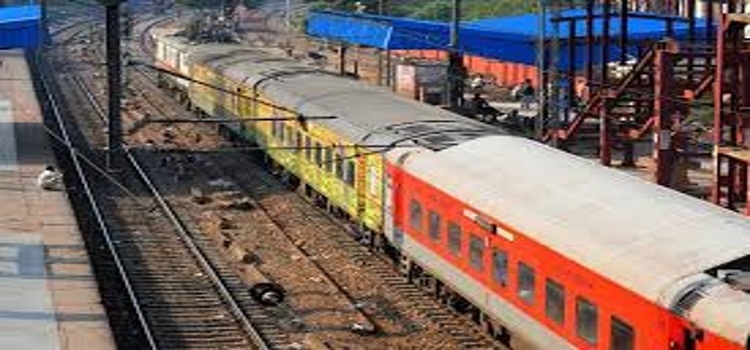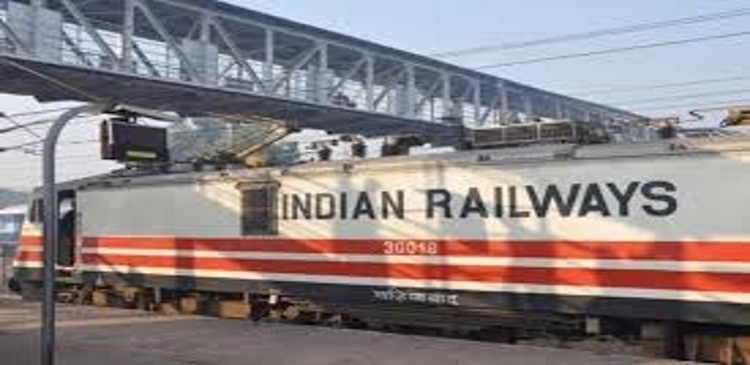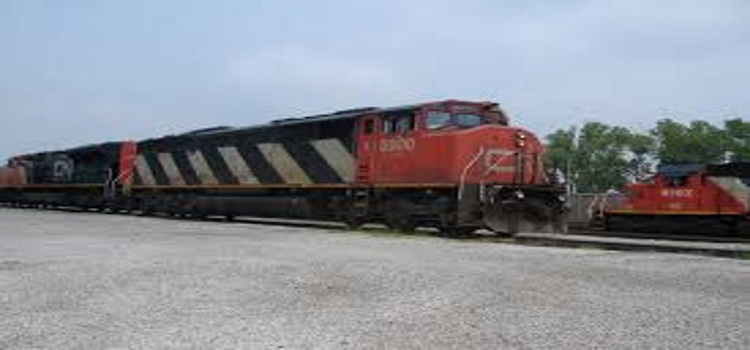
The initial public offerings (IPOs) of three profitable rail PSUs — Indian Railway Finance Corporation (IRFC), IRCON International and RITES Ltd — are likely to hit the market in the fourth quarter of 2017-18, officials said.
Even though the companies would be ready for the IPOs in a month or so, they said, the IPOs would be pushed to the fourth quarter as bankers and foreign investors proceed on year-end vacations in December.
“In the second-third week of January, action will be visible on IPO of these companies,” an official said.
The draft prospectus for the three IPOs are currently being prepared while the process has also been initiated for listing Rail Vikas Nigam (RVNL) as well.
Three book-running lead managers have already been appointed for the IRFC IPO, namely IDFC, HSBC, ICICI Securities and SBI Caps. IDBI Capital Markets, SBI Caps and Axis Capital have been appointed for the IRCON IPO.
The government stakes in these units to be offloaded would be announced closer to the dates of the IPOs, but could be 10-15%. A 10% stake sale in these three rail units might fetch the Centre around Rs.2,800 crore (IRFC Rs.1,929 crore, IRCON Rs 564 crore and RITES Rs.325 crore).
The department of investment and public asset management has approval for diluting up to 25% stake in these rail PSUs, which are wholly owned by the Centre. IRFC, which posted a net profit of Rs.942 crore in 2016-17, is a financial services company and mobilises funds for Indian Railways.
IRCON, which reported a net profit of Rs.379 crore in 2015-16, is engaged in infrastructure construction activities specialising in railway-related projects. Rites is a consultancy in the fields of transport, infrastructure and related technologies
RVNL is a dedicated special-purpose vehicle for development and arrangement of financial resources for the Golden Quadrilateral and port connectivity projects.
The IPOs are part of the government’s Rs 72,500 crore disinvestment programme for 2017-18. It has already got over Rs 29,500 crore from stake sales in a clutch of companies — public and private — this year, including the mega IPO of GIC Re.
The rail unit PSUs are part of the government pipeline of about ten10 PSU IPOs including Hindustan Aeronautics and New India Assurance, which could fetch around Rs 10,000 crore to the exchequer this year if the plans go through.
As per available data, there are over 100 unlisted profitable PSUs. After a gap of five years, the government listed a PSU this year (to start with Hudco, later Cochin Shipyard and GIC Re).
